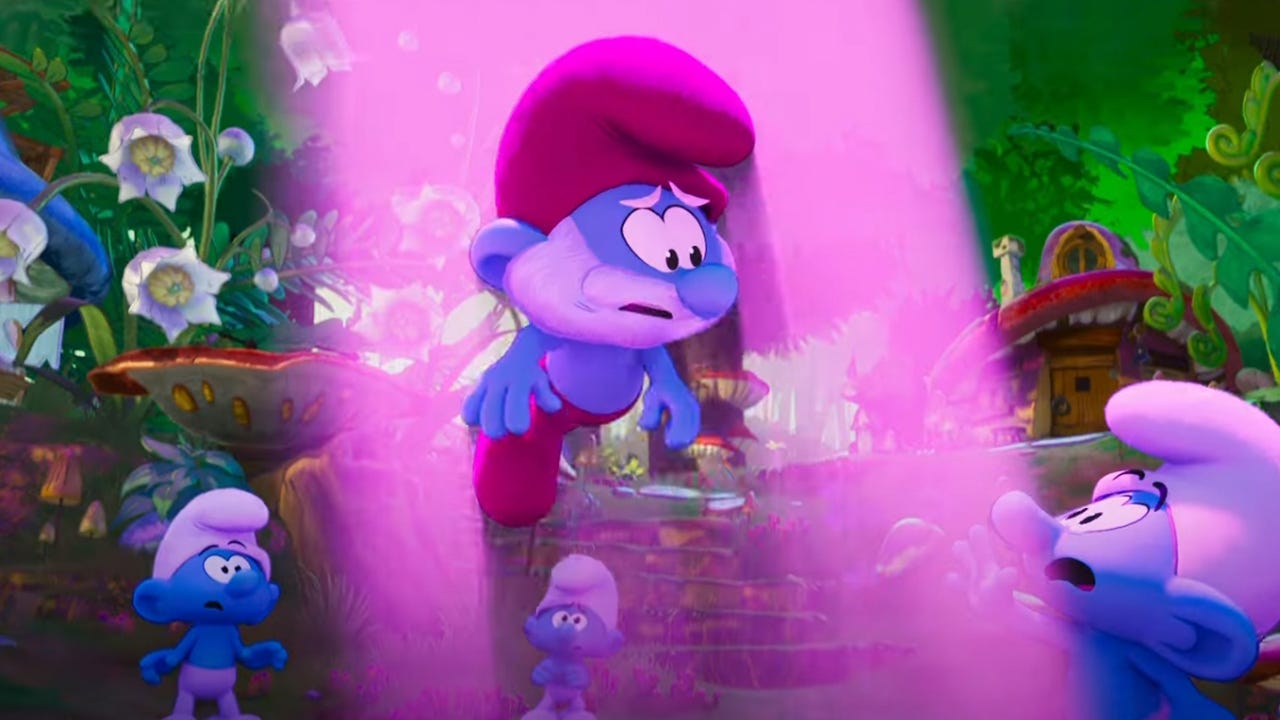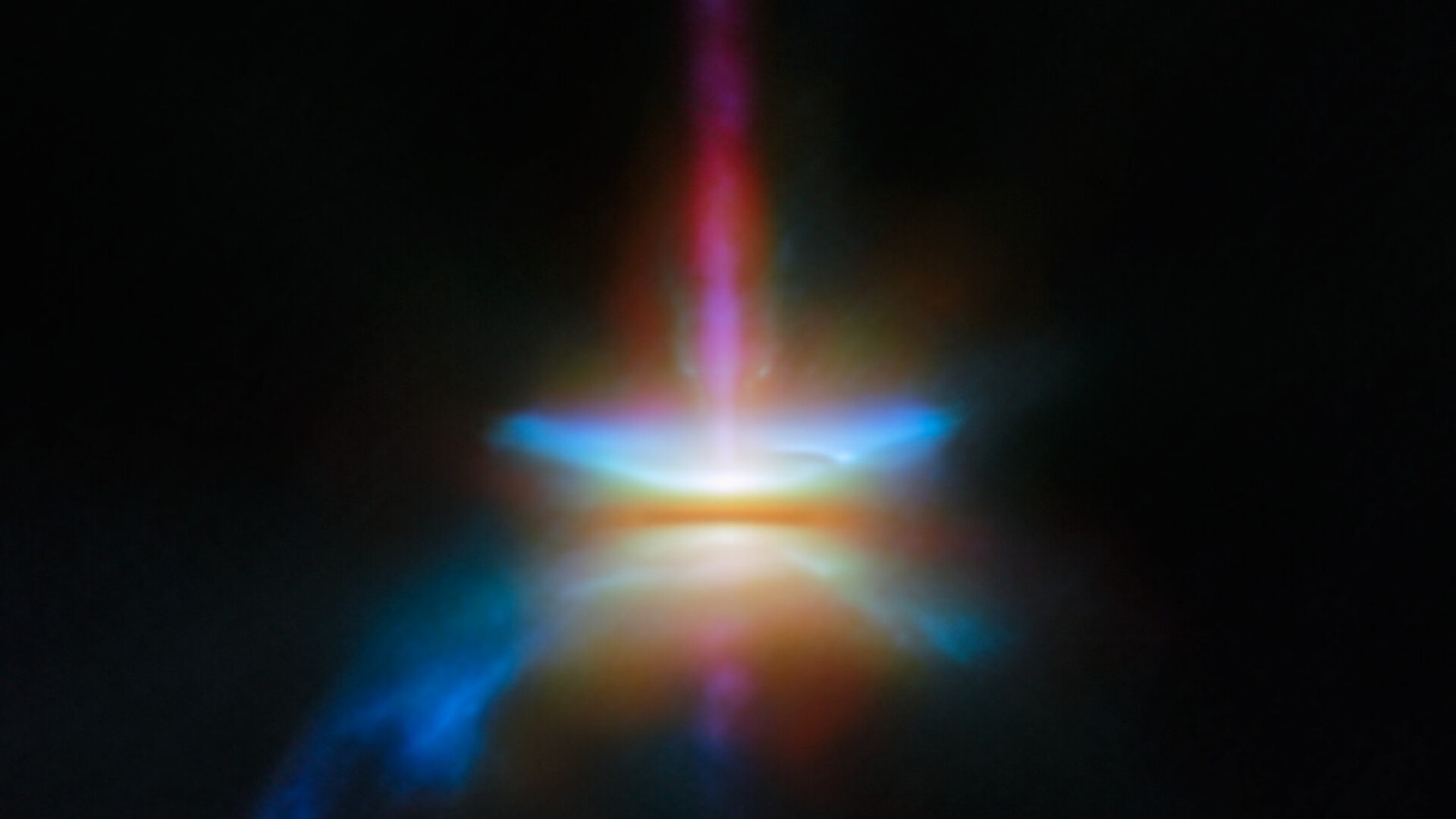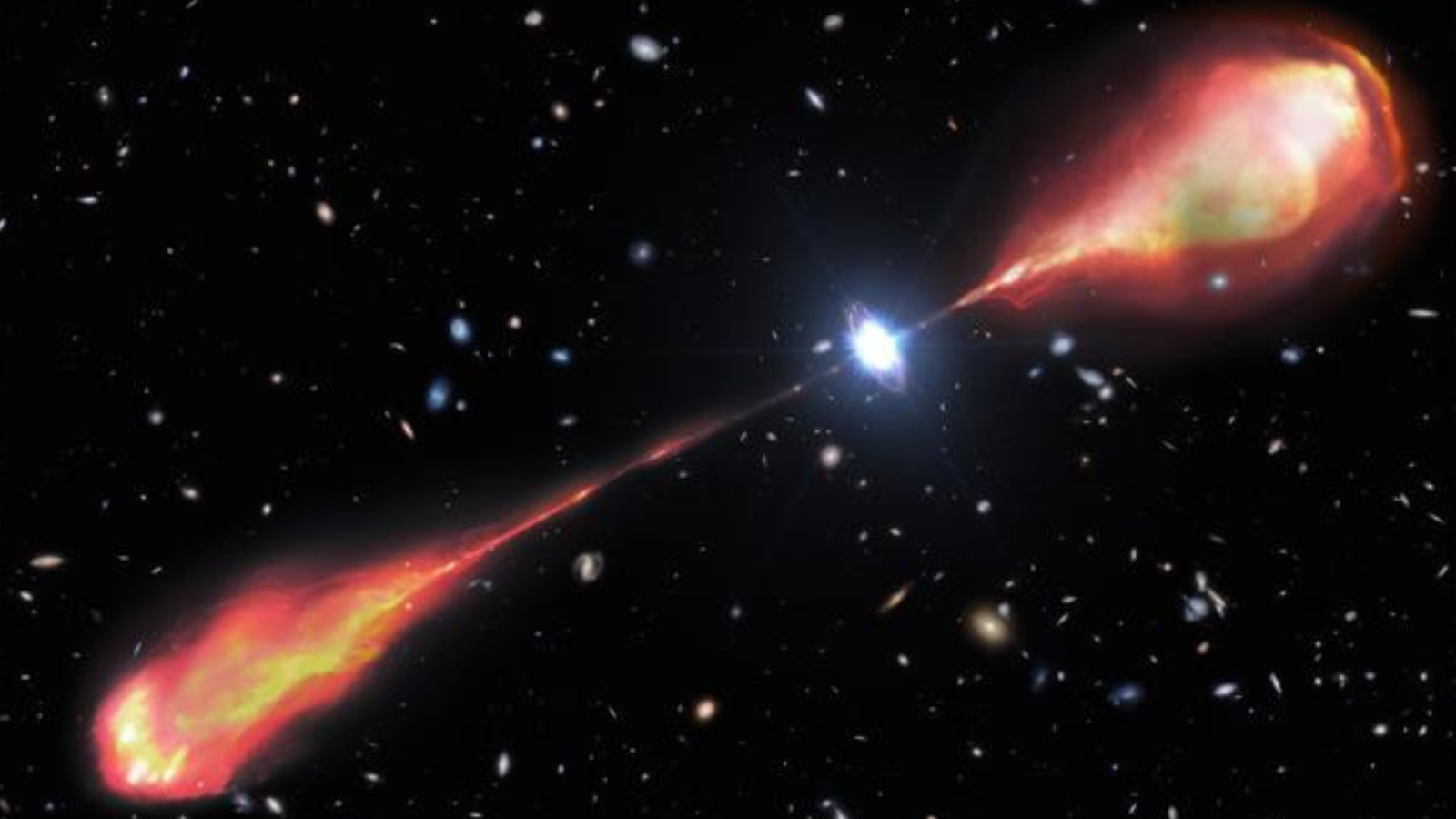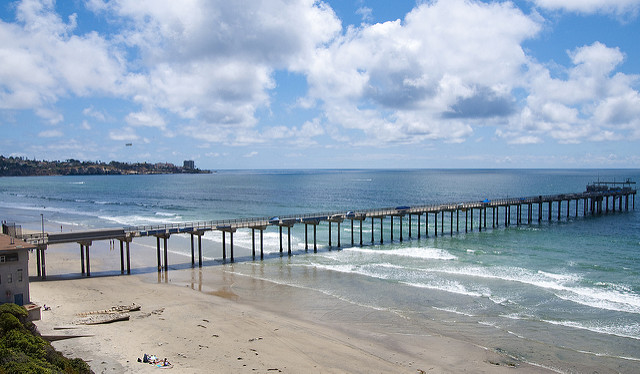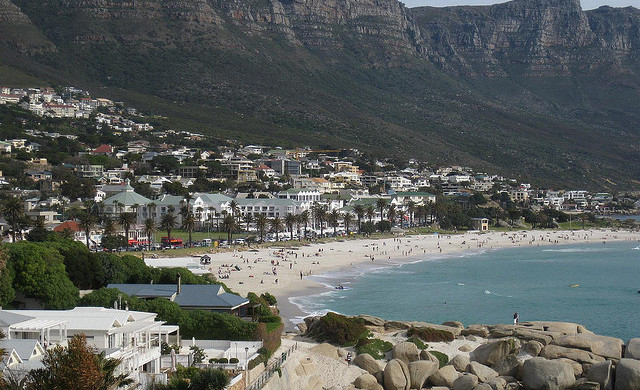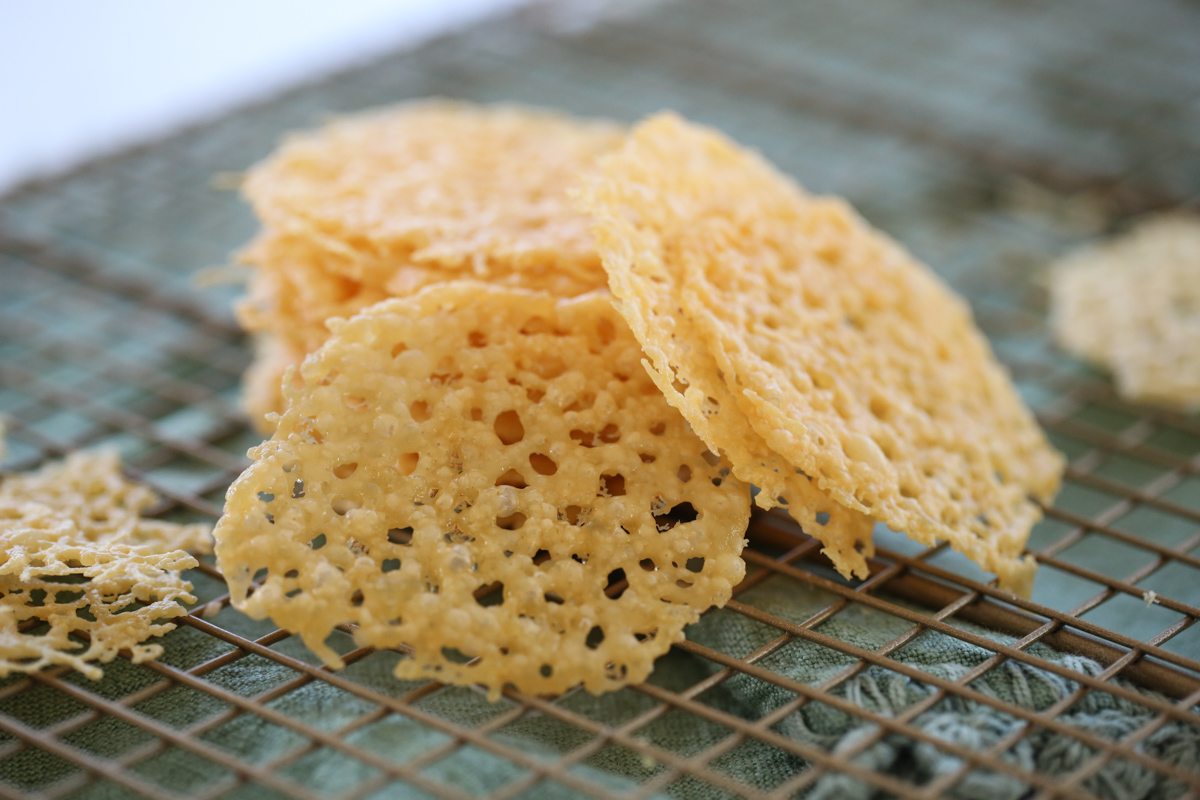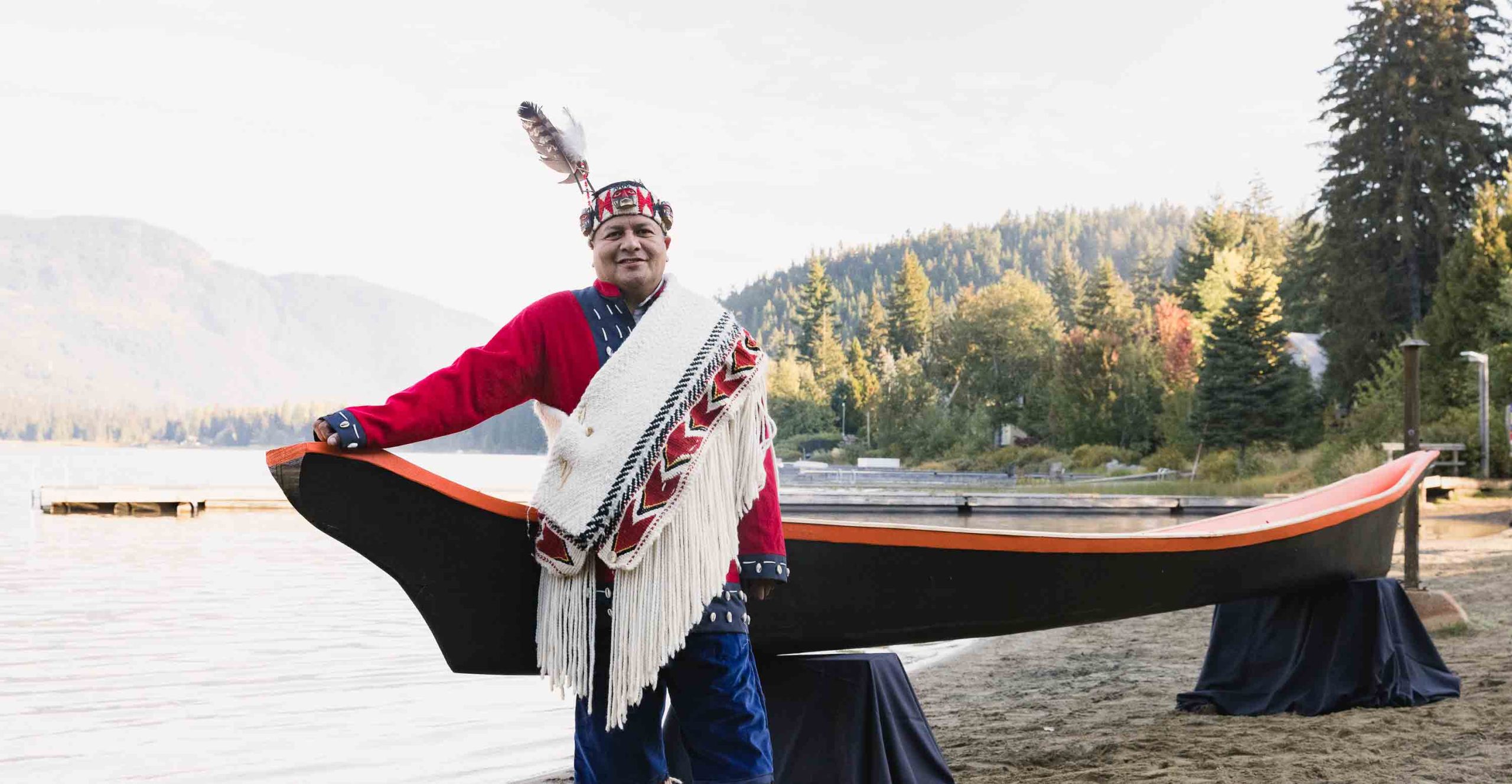Red Rock Canyon in Lake Forest, California
Amidst Loma Ridge in the foothills of the Santa Ana Mountains, the sight of barren red rocks and canyons stands out in the coastal county. Nearly 40 million years ago, sandstone, siltstone, and mudstone deposited along what was once the shoreline, making the Sespe Formation. Although it was largely buried over time, certain regions have since been exposed, forming colorful, jutting geological features. Oxidation of iron minerals into ferric oxides has given the outcroppings their distinctive red hue. The Ancestral Puebloans, also known as Anasazi, lived on the land for generations. Several pioneer families came to own the land. In 1842, Jose Serrano and his sons raised crops and cattle on the land. The droughts of 1863 and 1864 killed off the family's herds and forced them to foreclose on their ranch. In 1989, Whiting Ranch Wilderness Park was donated to the county to conserve the red rocks and surrounding ecosystem, protecting the land from development. Today, visitors to the 2,500 acre public park can explore the distinctive red rocks, winding canyons, and hiking trails.

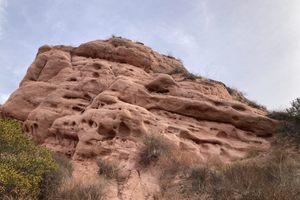
Amidst Loma Ridge in the foothills of the Santa Ana Mountains, the sight of barren red rocks and canyons stands out in the coastal county. Nearly 40 million years ago, sandstone, siltstone, and mudstone deposited along what was once the shoreline, making the Sespe Formation. Although it was largely buried over time, certain regions have since been exposed, forming colorful, jutting geological features. Oxidation of iron minerals into ferric oxides has given the outcroppings their distinctive red hue.
The Ancestral Puebloans, also known as Anasazi, lived on the land for generations. Several pioneer families came to own the land. In 1842, Jose Serrano and his sons raised crops and cattle on the land. The droughts of 1863 and 1864 killed off the family's herds and forced them to foreclose on their ranch. In 1989, Whiting Ranch Wilderness Park was donated to the county to conserve the red rocks and surrounding ecosystem, protecting the land from development. Today, visitors to the 2,500 acre public park can explore the distinctive red rocks, winding canyons, and hiking trails.



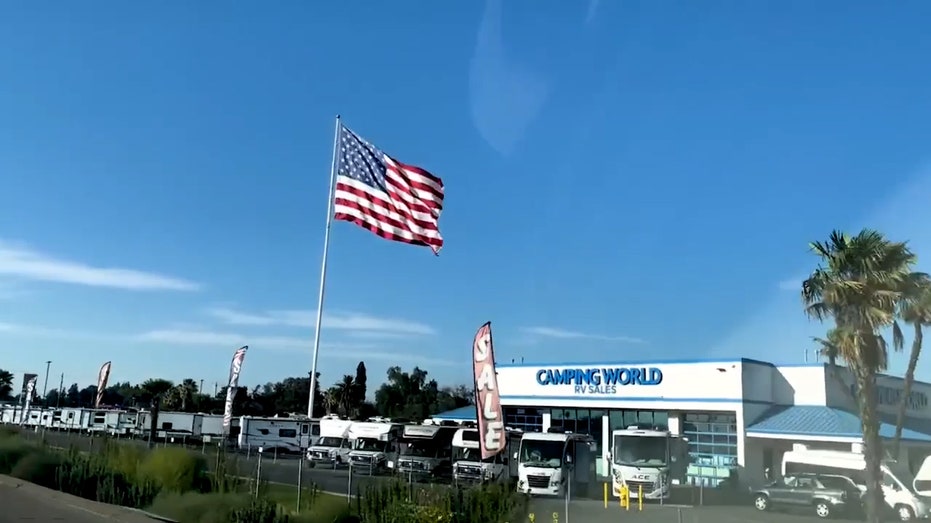















_Daniel_Lamborn_Alamy.jpg?#)



